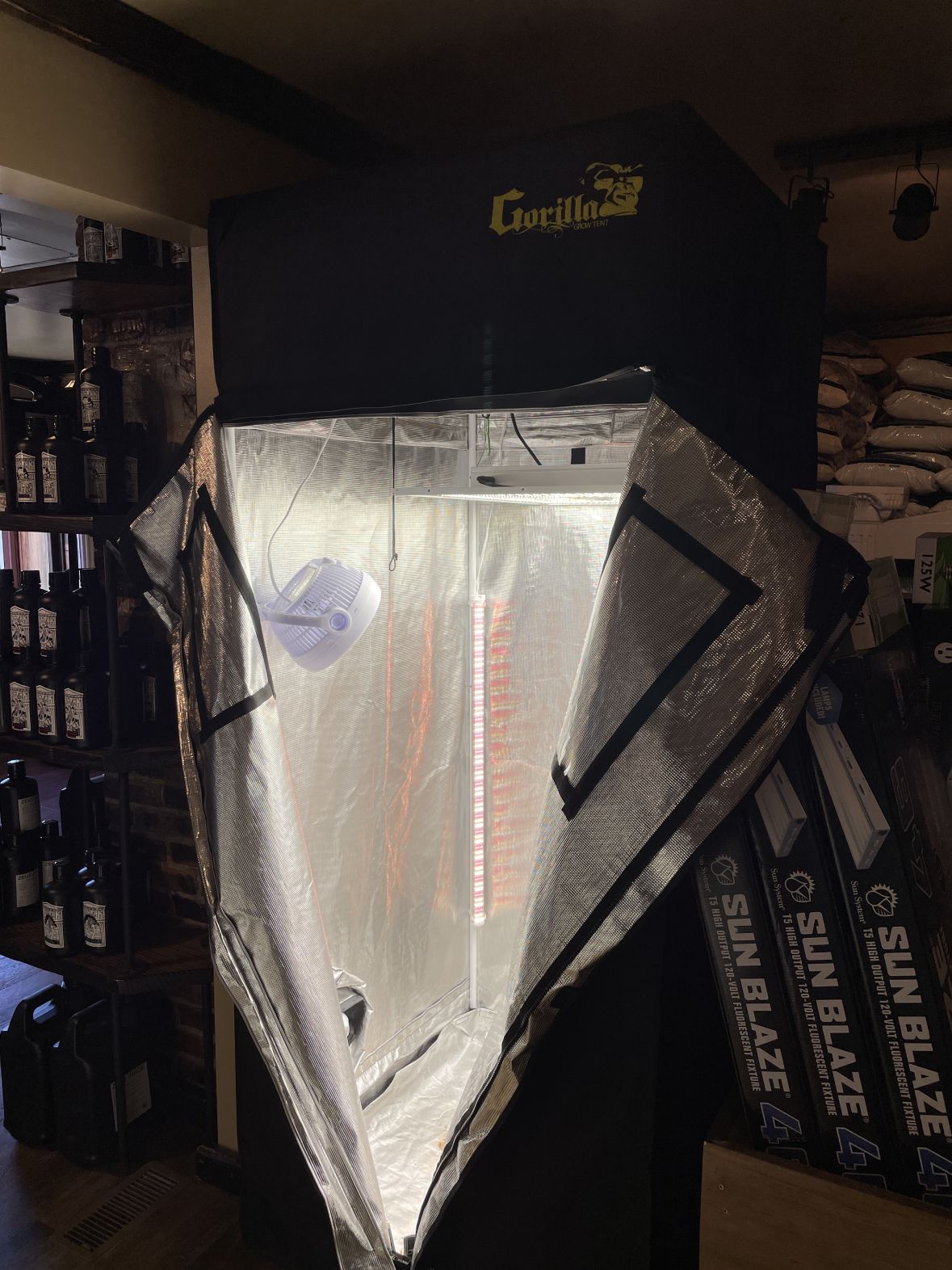The Ultimate Guide to Hydroponic Equipments and Techniques
In the globe of modern farming, hydroponic systems have actually become a cutting-edge method for growing plants without soil. The careful equilibrium of water, nutrients, and light in hydroponic setups offers a promising alternative to traditional farming methods. As we uncover the ins and outs of hydroponics in this thorough overview, we will certainly browse with the numerous kinds of systems, explore the necessary nutrients important for plant development, and look into advanced methods that can significantly enhance yields. What happens when usual problems arise in hydroponic systems? Stay tuned to decipher the troubleshooting techniques that can make or damage a successful harvest.
Advantages of Hydroponic Systems
Hydroponic systems offer a wide range of benefits, consisting of effective resource use and exact nutrient distribution to plants. By supplying a regulated atmosphere for plant development, hydroponic systems make it possible for optimal water and nutrient use, causing greater yields compared to typical soil-based growing. This effectiveness not only preserves sources but also decreases waste, making hydroponic systems ecologically friendly.
In addition, the precise shipment of nutrients in hydroponic systems permits for customization based on the certain demands of each plant selection. This targeted strategy ensures that plants get the ideal balance of important nutrients, promoting healthier development and decreasing the danger of nutrient deficiencies or imbalances. Furthermore, the ability to readjust and keep an eye on nutrient degrees in real-time maximizes plant productivity and general plant top quality.
Additionally, hydroponic systems eliminate the demand for herbicides and pesticides, as the closed-loop system minimizes the risk of bugs and conditions that are frequently located in soil-based agriculture - The Indoor Earthworm. This not just benefits the plants and the setting but additionally contributes to producing cleaner, healthier crops for usage
Kinds Of Hydroponic Setups

Deep Water Society (DWC) involves putting on hold plant origins in a nutrient service, enabling ample oxygenation. Nutrient Film Strategy (NFT) uses a shallow stream of nutrient service streaming over the plant origins, offering a consistent supply of nutrients. Ups and downs systems flooding the plant roots at intervals, ensuring they obtain nutrients and oxygen. Drip systems entail trickling a nutrient remedy onto the plant roots, supplying accurate control over feeding. Aeroponics hazes the plant roots with a nutrient option, making the most of oxygen absorption.
Each kind of hydroponic setup has its benefits and is suited to various plant ranges and development phases. Comprehending the distinctive functions of these systems can assist hydroponic growers select the most ideal arrangement for their details demands and choices.
Important Nutrients for Hydroponics
In hydroponic systems, plants rely on a specific balance of crucial nutrients to prosper and grow successfully. These essential nutrients are essential for numerous plant features such as photosynthesis, root growth, and total development.
Along with macronutrients, plants likewise require additional nutrients like sulfur, magnesium, and calcium, in addition to micronutrients such as iron, copper, zinc, and manganese (The Indoor Earthworm). These nutrients are vital for making sure that plants have all the necessary building blocks to accomplish necessary biological procedures

Advanced Techniques for Maximum Yield
To attain optimum returns in hydroponic systems, growers can execute advanced strategies that improve plant development and performance. One such technique is using extra lights. By supplying fabricated lights such as LED or high-pressure sodium lights, cultivators can expand the number of light hours plants get each day, advertising faster growth and enhanced returns. An additional advanced strategy is the application of carbon dioxide supplementation. Raising the degrees of co2 in the expanding atmosphere can promote photosynthesis and boost plant growth considerably. Furthermore, employing techniques like plant training and trimming can help optimize light distribution and air flow, making sure that all components of the plant receive sufficient light and nutrients. Utilizing automated systems for nutrient distribution and surveillance can assist preserve optimum nutrient degrees, minimizing the danger of deficiencies or discrepancies that can hinder plant growth. By integrating these advanced methods right into their hydroponic systems, farmers can make best use of yields and accomplish abundant harvests.
Troubleshooting Common Hydroponic Issues
When confronted with challenges in hydroponic systems, cultivators commonly run into usual issues that can impede plant development and productivity. One common issue is vitamins and mineral shortages, where plants lack crucial components for healthy advancement. To fight this, routine surveillance of nutrient levels and readjusting the nutrient option accordingly is critical. An additional typical concern is pH discrepancy, which can result in nutrition lockout and poor absorption. Keeping the right pH variety particular to the plant being grown is essential for optimum nutrient uptake. Additionally, inadequate oxygen levels in the root area can cause origin rot and stunted development. Making certain appropriate oygenation and oxygenation of the nutrient solution can aid avoid this issue. Pest problems, such as aphids or crawler mites, can also pester hydroponic systems. Applying incorporated bug monitoring approaches and frequently checking plants can aid manage and avoid infestations. By promptly recognizing and attending to these usual hydroponic problems, growers can maintain healthy and balanced plants and make best use of yields in their hydroponic systems.
Conclusion
In conclusion, hydroponic systems offer numerous advantages for expanding plants effectively. By utilizing numerous kinds of arrangements and giving vital nutrients, growers can attain maximum yield via progressed strategies. It is crucial to repair common problems that might emerge in order to maintain a successful hydroponic operation. With careful preparation and focus to detail, hydroponic systems can revolutionize the way plants are cultivated, causing even more efficient and sustainable agricultural practices.
By providing a controlled environment for plant development, hydroponic systems make it possible for optimal water and nutrient use, leading to higher yields contrasted to conventional soil-based farming. The read what he said Indoor Earthworm. Nutrient Film Strategy (NFT) makes use of a superficial stream of nutrient option streaming over the plant origins, giving a constant supply of nutrients. Monitoring and changing nutrient degrees based on plant growth stages is crucial to stopping nutrition deficiencies or toxicities and making the most of plant performance in hydroponic systems
In addition, utilizing methods like plant have a peek here training and trimming can aid maximize light circulation and air movement, making sure that all components of the plant get sufficient light and nutrients. Making use of automated systems for nutrient distribution and tracking can aid maintain optimum nutrient levels, lowering the danger of deficiencies or imbalances that can impede plant growth.